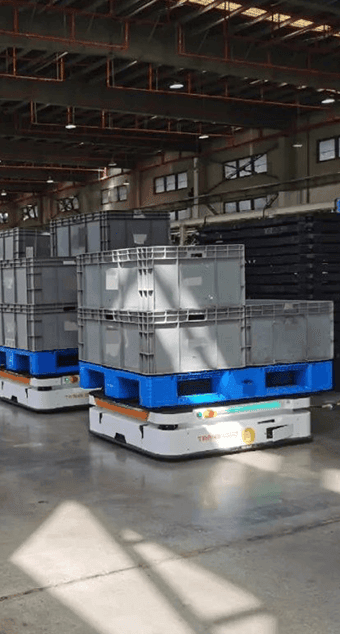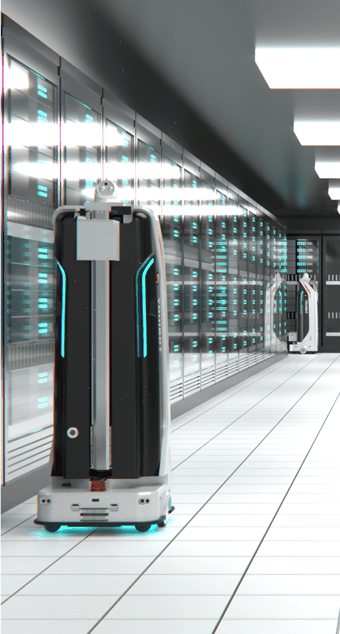
Autonomous mobile robotics has revolutionized various industries by providing efficient and intelligent solutions for tasks that were previously performed manually. In this tutorial, we will explore the concept of autonomous mobile robotics and conduct a cost analysis to understand its economic implications.
The Concept of Autonomous Mobile Robotics
Autonomous mobile robotics refers to the development and deployment of robots that can navigate and perform tasks without human intervention. These robots are equipped with advanced sensors, artificial intelligence algorithms, and decision-making capabilities to operate in dynamic environments. They have the potential to enhance productivity, improve safety, and reduce operational costs in industries such as manufacturing, logistics, healthcare, and agriculture.
Youibot: A Leading Player in Autonomous Mobile Robotics

Youibot is a prominent company specializing in autonomous mobile robotics solutions. Their range of products includes robotic platforms designed for various applications such as material handling, inspection tasks, and warehouse automation. Youibot‘s robots are known for their robustness, adaptability to different environments, and ease of integration into existing systems.
Cost Analysis: Evaluating the Economic Impact
When considering the adoption of autonomous mobile robotics solutions like those offered by youibot, it is crucial to conduct a comprehensive cost analysis. This evaluation helps determine whether investing in these technologies aligns with an organization’s financial goals.
The initial investment required for implementing autonomous mobile robotics includes purchasing or leasing robotic platforms from companies like Youibot. Additionally, there may be costs associated with integrating these robots into existing workflows or modifying infrastructure if necessary.
However, it is essential to consider long-term benefits when analyzing costs. Autonomous mobile robots can significantly increase efficiency by reducing manual labor requirements while improving accuracy and speed in performing repetitive tasks. This leads to higher productivity and potential cost savings in the long run.
Furthermore, autonomous mobile robotics can enhance workplace safety by taking over hazardous or physically demanding tasks. This reduces the risk of accidents and associated costs such as medical expenses, insurance premiums, and legal liabilities.
Additionally, these robots can optimize resource utilization by efficiently managing inventory, reducing waste, and minimizing downtime. By streamlining operations, organizations can achieve better customer satisfaction levels and gain a competitive edge in the market.
Conclusion
The adoption of autonomous mobile robotics offers numerous advantages for industries seeking improved efficiency and reduced costs. Companies like Youibot provide reliable solutions that enable organizations to leverage this technology effectively. However, it is crucial to conduct a thorough cost analysis considering both initial investments and long-term benefits before implementing autonomous mobile robotics systems. With careful evaluation and planning, businesses can harness the power of autonomous mobile robotics to drive growth and success in today’s dynamic world.
